1.0 Device Overview
1.1 CAN Module
1.2 Control Logic
1.3 SPI Protocol Block
Figure 1-1: Block DIagram
Figure 1-2: Example System Implementation
Table 1-1: Pinout Description
1.4 Transmit/Receive Buffers/Masks/Filters
Figure 1-3: CAN Buffers and Protocol engine Block Diagram
1.5 CAN Protocol Engine
Figure 1-4: CAN Protocol engine Block Diagram
2.0 Can Message Frames
2.1 Standard Data Frame
2.2 Extended Data Frame
2.3 Remote Frame
2.4 Error Frame
2.5 Overload Frame
2.6 Interframe Space
Figure 2-1: Standard Data Frame
Figure 2-2: Extended Data Frame
Figure 2-3: Remote Frame
Figure 2-4: Active Error Frame
Figure 2-5: Overload Frame
3.0 Message Transmission
3.1 Transmit Buffers
3.2 Transmit Priority
3.3 Initiating Transmission
3.4 One-Shot Mode
3.5 TXnRTS PINS
3.6 Aborting Transmission
Figure 3-1: Transmit Message Flowchart
4.0 Message Reception
4.1 Receive Message Buffering
4.2 Receive Priority
4.3 Start-of-Frame Signal
4.4 RX0BF and RX1BF Pins
Figure 4-1: StArt-Of-FrAme Signaling
Table 4-1: CONFIGURING RXnBF PINS
Figure 4-2: Receive Buffer Block Diagram
Figure 4-3: Receive Flow Flowchart
4.5 Message Acceptance Filters and Masks
Table 4-2: Filter/Mask Truth Table
Figure 4-4: Masks AnD Filters Apply to CAN Frames
Figure 4-5: Message Acceptance Mask and Filter Operation
5.0 Bit Timing
5.1 The CAN Bit TIme
Figure 5-1: can Bit time Segments
Figure 5-2: TQ and the Bit Period
5.2 Synchronization
Figure 5-3: Synchronizing the Bit Time
5.3 Programming Time Segments
5.4 Oscillator Tolerance
5.5 Bit Timing Configuration Registers
6.0 Error Detection
6.1 CRC Error
6.2 Acknowledge Error
6.3 Form Error
6.4 Bit Error
6.5 Stuff Error
6.6 Error States
6.7 Error Modes and Error Counters
Figure 6-1: ErrOr Modes State Diagram
7.0 Interrupts
7.1 Interrupt Code Bits
Table 7-1: ICOD<2:0> DecOde
7.2 Transmit Interrupt
7.3 Receive Interrupt
7.4 Message Error Interrupt
7.5 Bus Activity Wakeup Interrupt
7.6 Error Interrupt
7.7 Interrupt Acknowledge
8.0 Oscillator
8.1 Oscillator Startup Timer
8.2 CLKOUT Pin
Figure 8-1: Crystal/Ceramic Resonator Operation
Figure 8-2: External Clock Source
Figure 8-3: External Series Resonant Crystal Oscillator Circuit(1)
Table 8-1: CAPACITOR SELECTION FOR CERAMIC RESONATORS
Table 8-2: CAPACITOR SELECTION FOR CRYSTAL OSCILLATOR
9.0 RESET
Figure 9-1: RESET Pin Configuration Example
10.0 Modes of Operation
10.1 Configuration Mode
10.2 Sleep Mode
10.3 Listen-only Mode
10.4 Loopback Mode
10.5 Normal Mode
11.0 Register Map
Table 11-1: CAN Controller Register Map
Table 11-2: Control Register Summary
12.0 SPI™ Interface
12.1 Overview
12.2 Reset Instruction
12.3 Read Instruction
12.4 Read RX Buffer Instruction
12.5 Write Instruction
12.6 Load TX Buffer Instruction
12.7 Request-To-Send (RTS) Instruction
12.8 Read Status Instruction
12.9 RX Status Instruction
12.10 Bit Modify Instruction
Figure 12-1: Bit Modify
Table 12-1: SPI™ Instruction Set
Figure 12-2: Read instruction
Figure 12-3: Read RX Buffer Instruction
Figure 12-4: Byte Write instruction
Figure 12-5: Load TX Buffer
Figure 12-6: Request-to-send (RTS) instruction
Figure 12-7: BIT Modify instruction
Figure 12-8: Read Status instruction
Figure 12-9: RX StatUs Instruction
Figure 12-10: SPI™ Input Timing
Figure 12-11: SPI™ Output TIming
13.0 Electrical Characteristics
13.1 Absolute Maximum Ratings�†
Table 13-1: DC Characteristics
Table 13-2: Oscillator Timing Characteristics
Table 13-3: CAN Interface AC Characteristics
Table 13-4: Reset AC Characteristics
Table 13-5: CLKOUT Pin AC Characteristics
Figure 13-1: Start-of-frame Pin AC Characteristics
Table 13-6: SPI™ Interface AC Characteristics
14.0 PackAging Information
14.1 Package Marking Information�
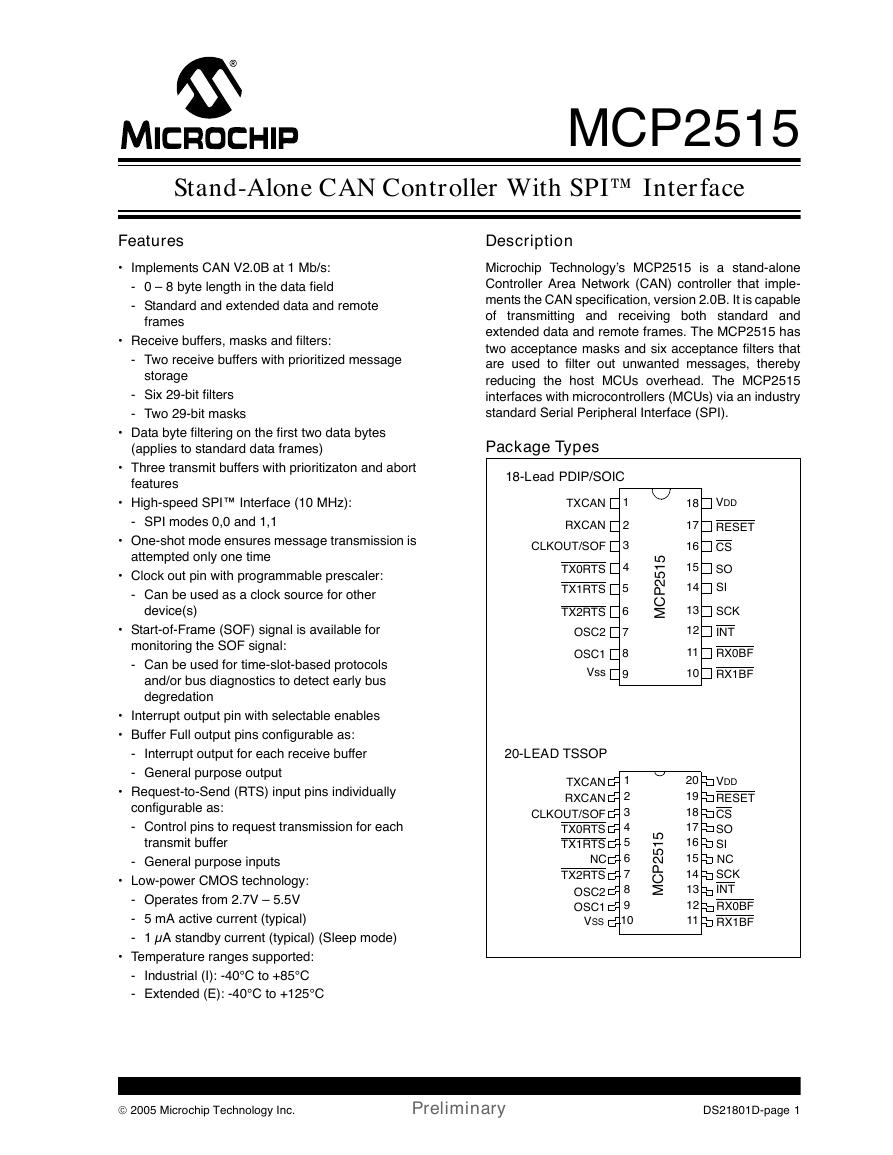
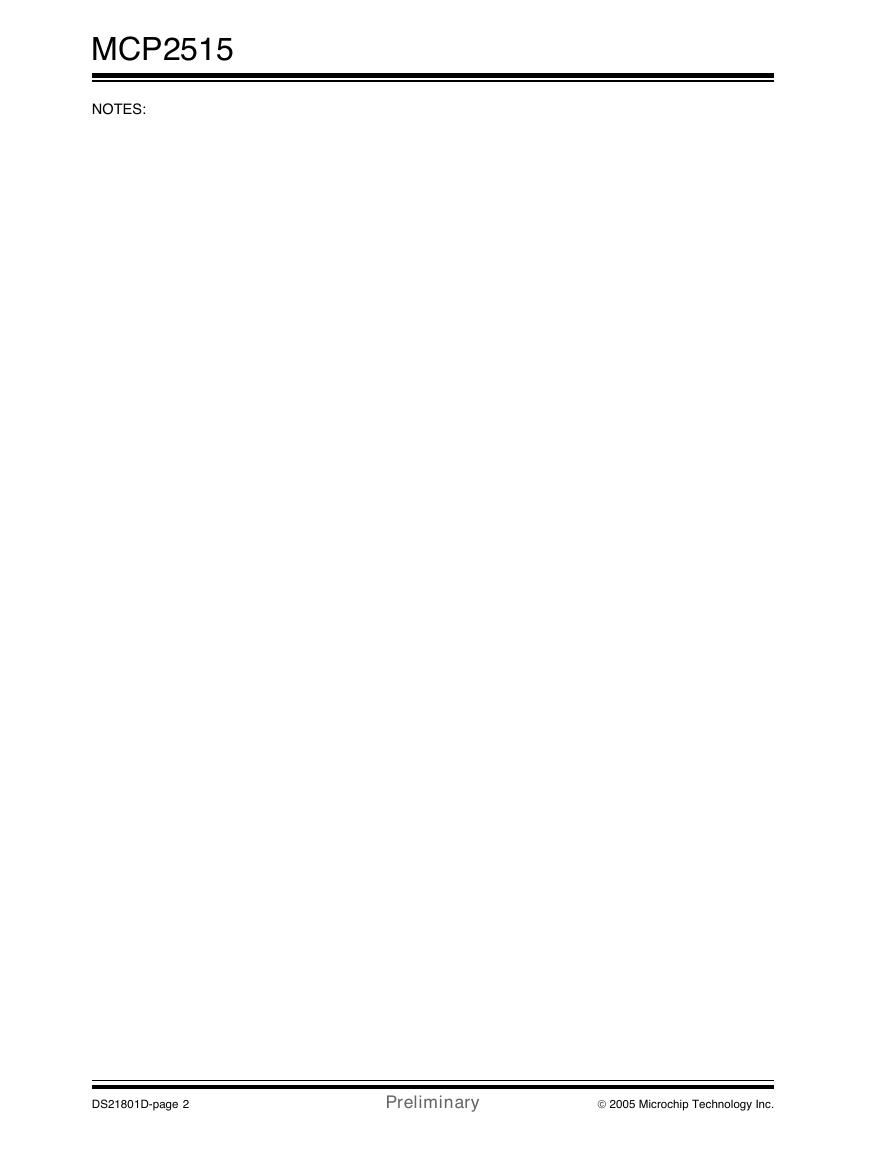
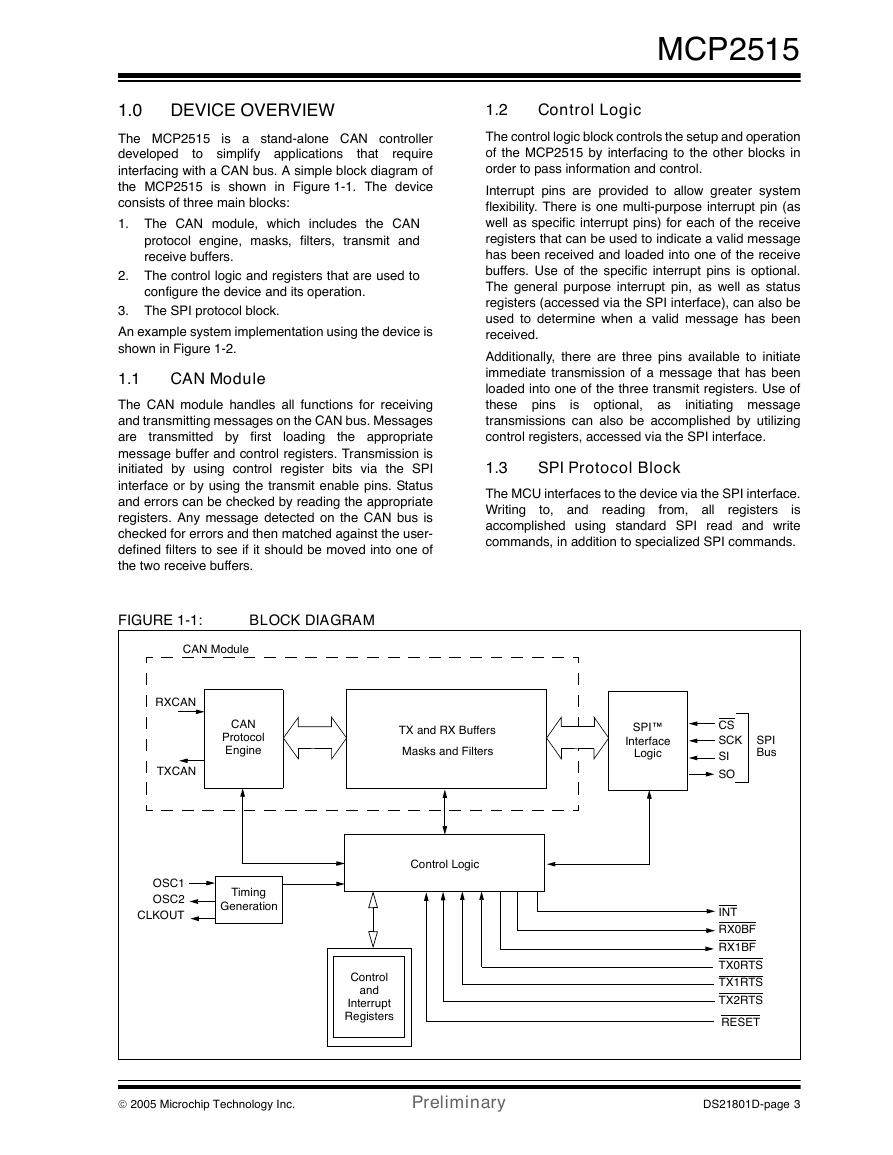

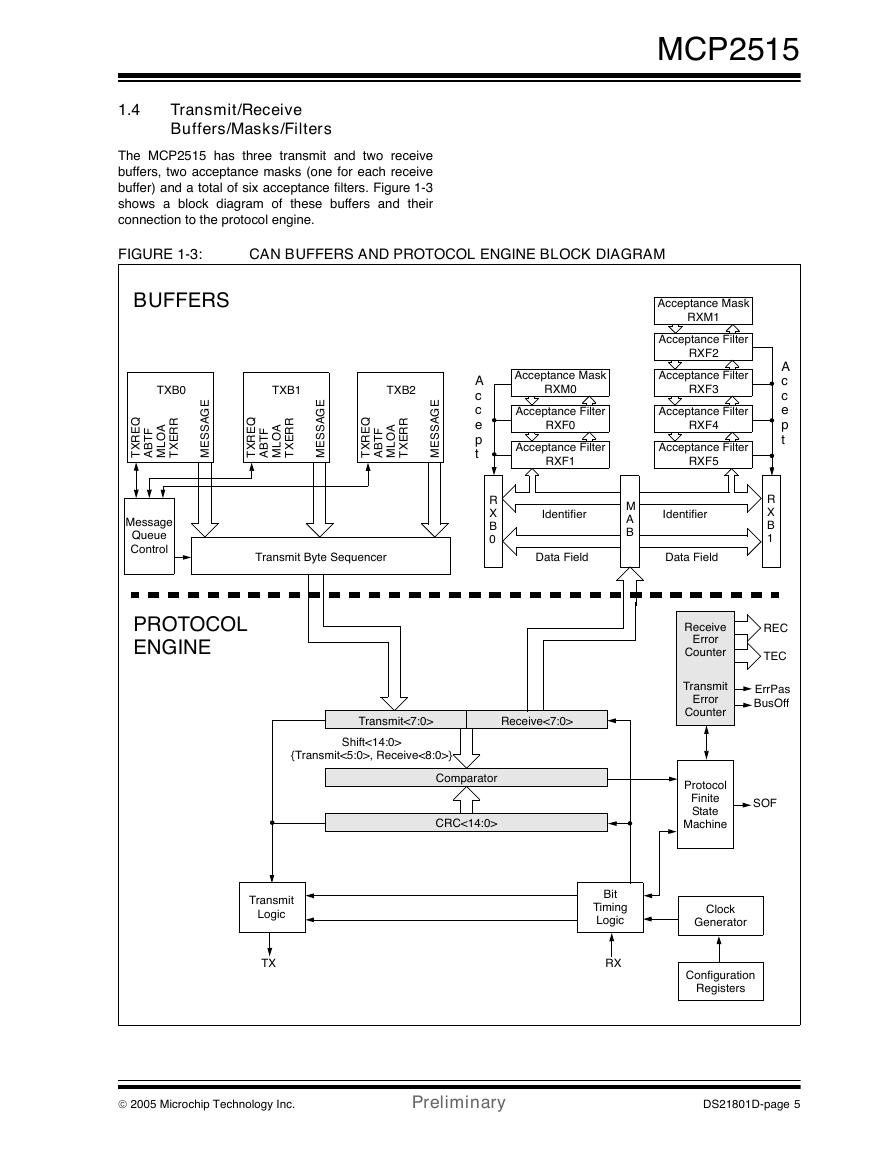
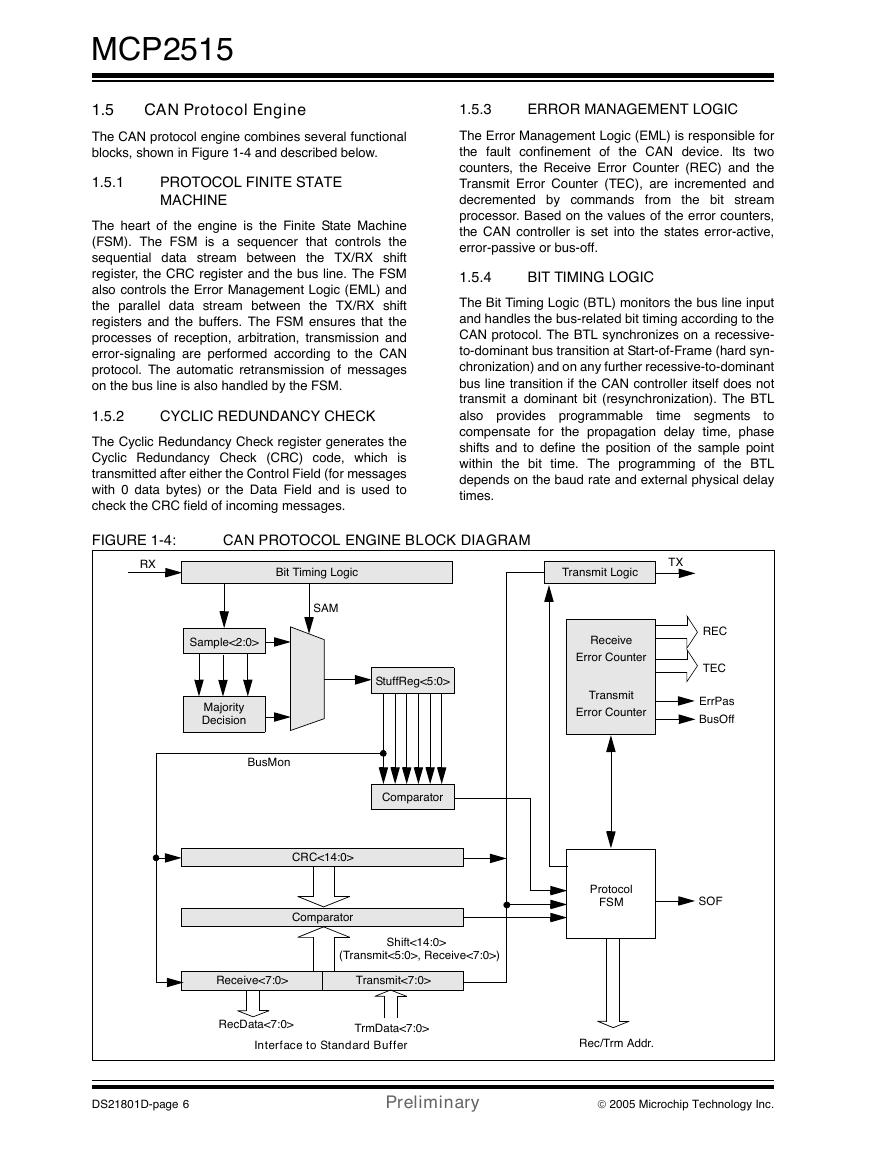
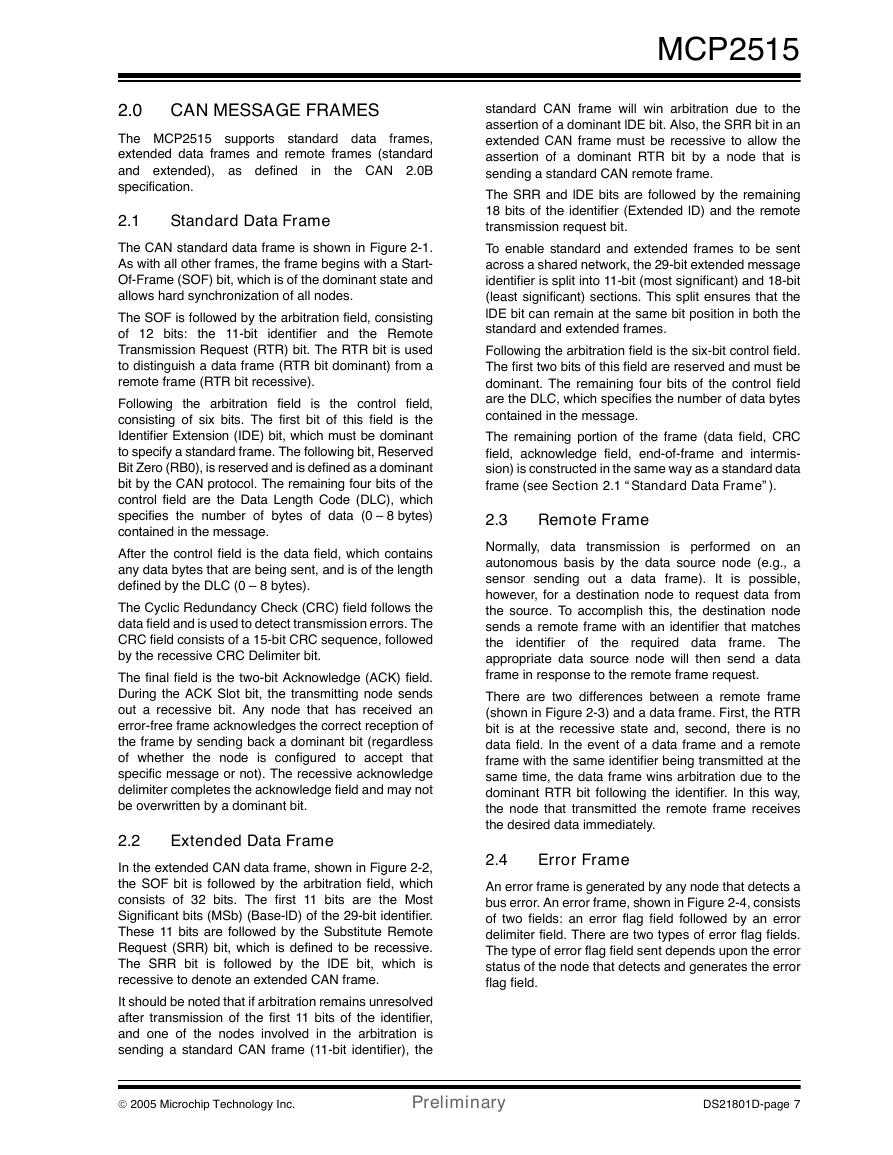









 V2版本原理图(Capacitive-Fingerprint-Reader-Schematic_V2).pdf
V2版本原理图(Capacitive-Fingerprint-Reader-Schematic_V2).pdf 摄像头工作原理.doc
摄像头工作原理.doc VL53L0X简要说明(En.FLVL53L00216).pdf
VL53L0X简要说明(En.FLVL53L00216).pdf 原理图(DVK720-Schematic).pdf
原理图(DVK720-Schematic).pdf 原理图(Pico-Clock-Green-Schdoc).pdf
原理图(Pico-Clock-Green-Schdoc).pdf 原理图(RS485-CAN-HAT-B-schematic).pdf
原理图(RS485-CAN-HAT-B-schematic).pdf File:SIM7500_SIM7600_SIM7800 Series_SSL_Application Note_V2.00.pdf
File:SIM7500_SIM7600_SIM7800 Series_SSL_Application Note_V2.00.pdf ADS1263(Ads1262).pdf
ADS1263(Ads1262).pdf 原理图(Open429Z-D-Schematic).pdf
原理图(Open429Z-D-Schematic).pdf 用户手册(Capacitive_Fingerprint_Reader_User_Manual_CN).pdf
用户手册(Capacitive_Fingerprint_Reader_User_Manual_CN).pdf CY7C68013A(英文版)(CY7C68013A).pdf
CY7C68013A(英文版)(CY7C68013A).pdf TechnicalReference_Dem.pdf
TechnicalReference_Dem.pdf